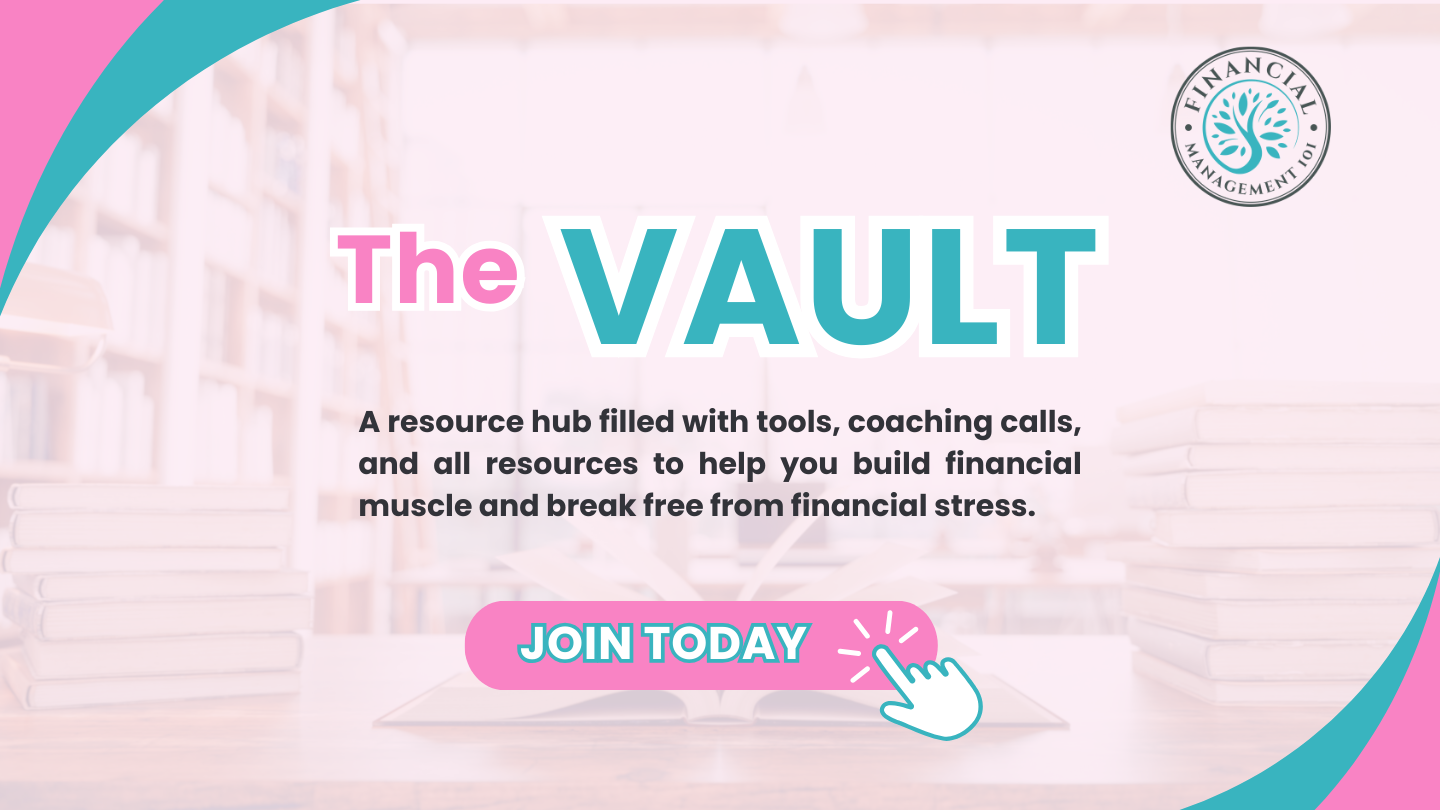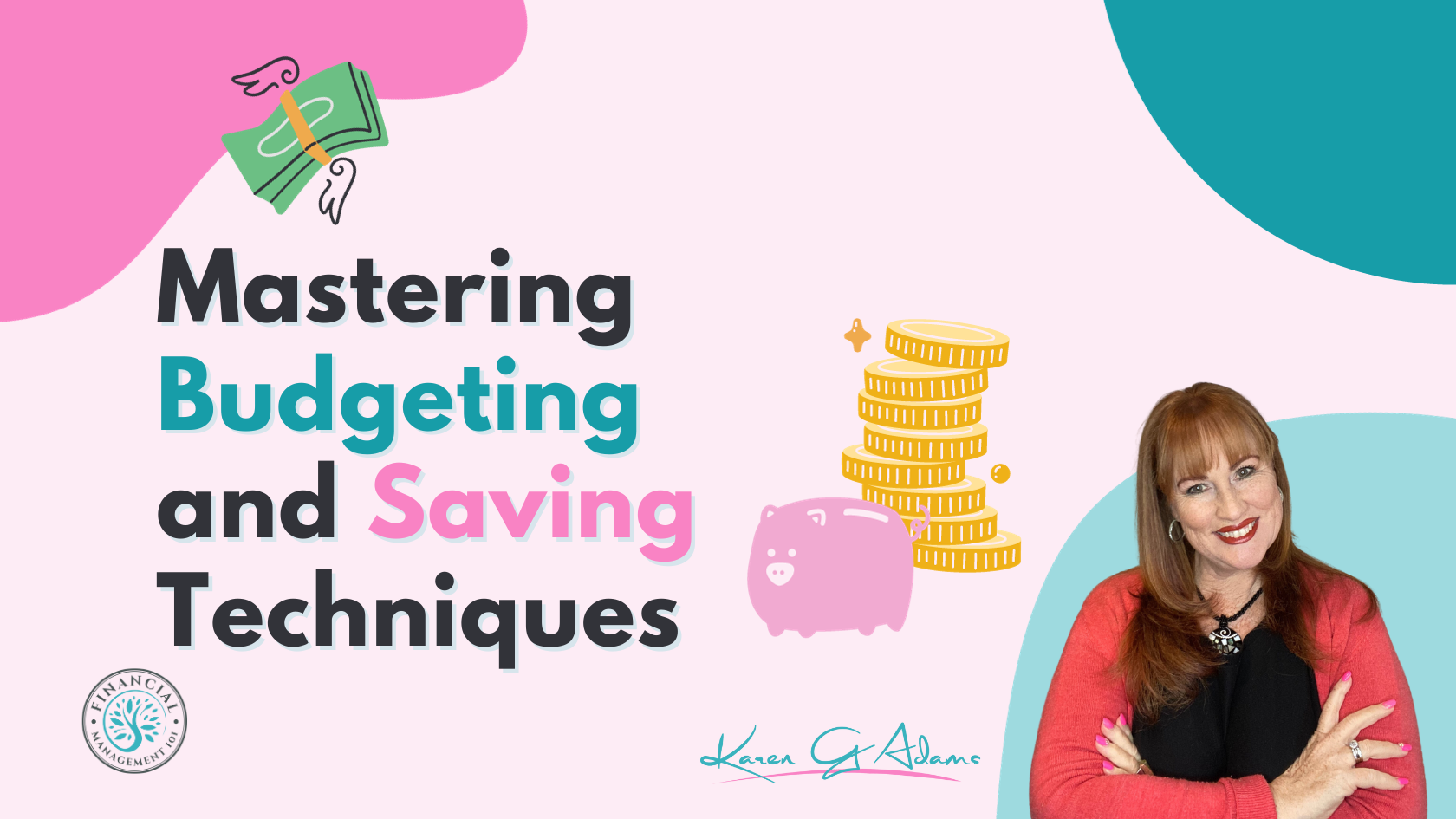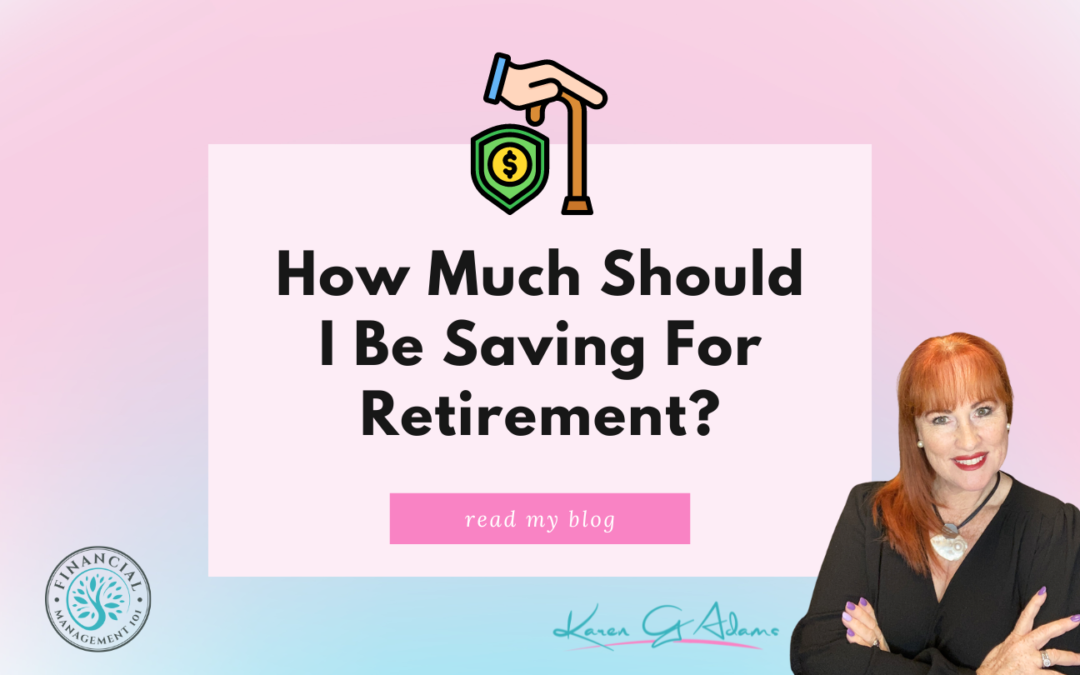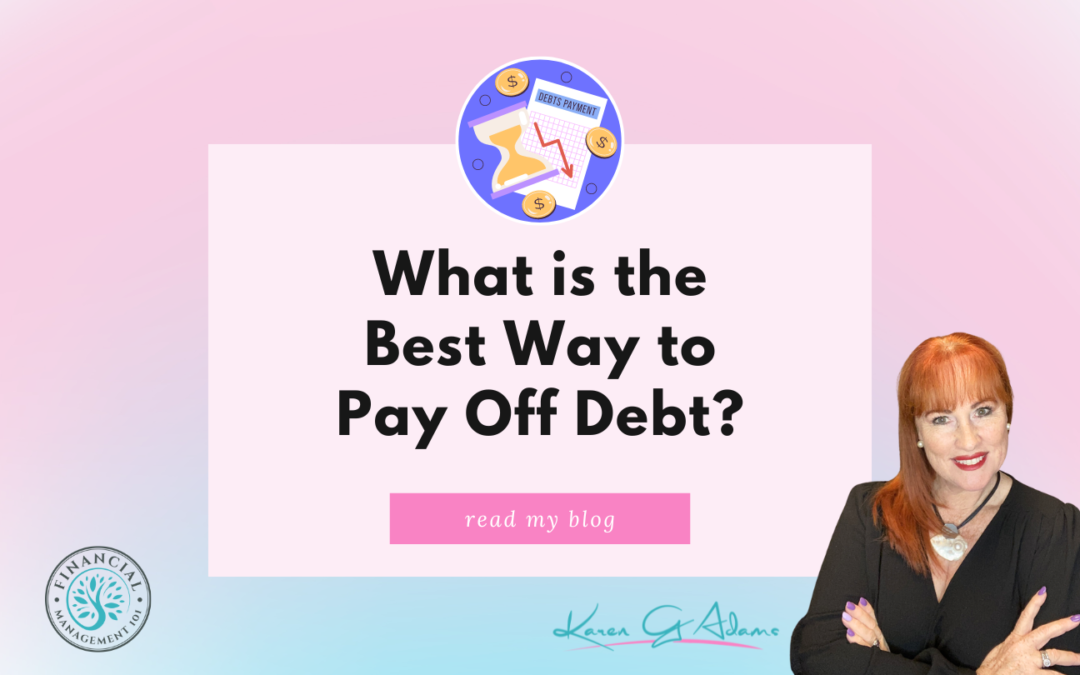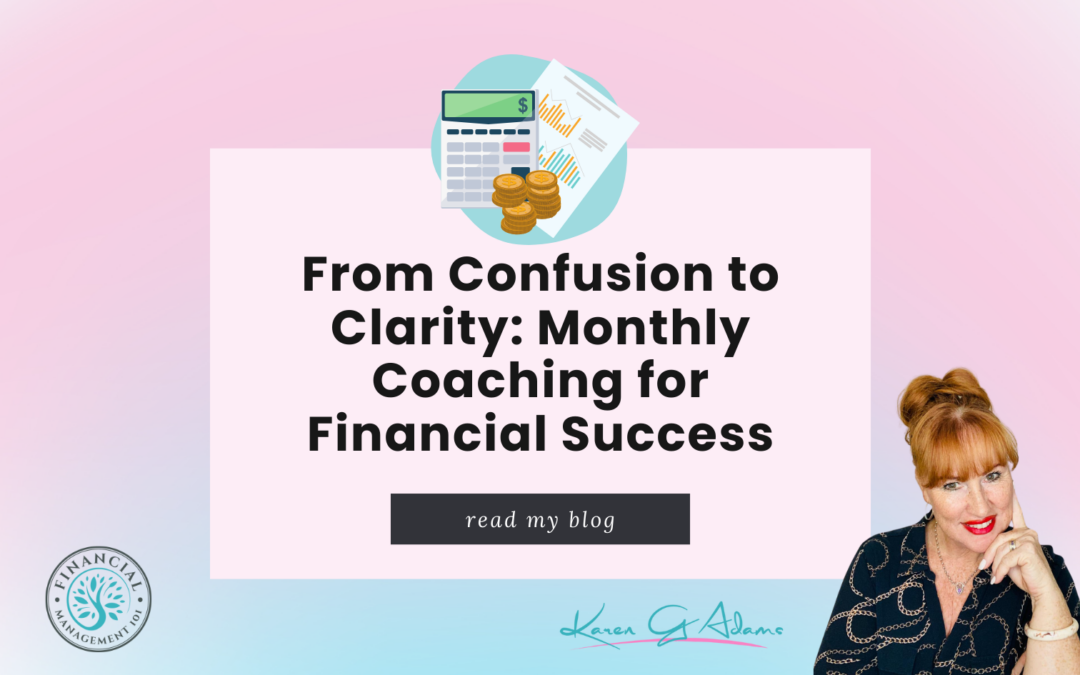
From Confusion to Clarity: Monthly Coaching for Financial Success
Financial freedom isn’t just about saving money or cutting costs; it’s about truly understanding your financial position. Knowing your numbers means gaining a clear picture of your assets, liabilities, income, and expenses. This knowledge is the foundation for making informed decisions, reducing financial stress, and achieving stability. In this blog, we’ll explore why knowing your numbers is essential and how you can start your journey toward financial clarity today.
Why Monthly Coaching is a Game-Changer
Financial success doesn’t happen overnight. It requires consistent effort, strategic planning, and the right tools. Monthly Coaching provides all of this and more:
1. EXPERT GUIDANCE
-
-
-
- Work with an experienced financial coach, like myself who understand the challenges you’re facing.
- Receive practical support tailored to your unique situation.
-
-
2. ACCOUNTABILITY
-
-
-
- Regular check-ins ensure you stay on track with your financial goals.
- Celebrate milestones and adjust your plan as needed.
-
-
3. ACCESS TO THE VAULT
-
-
-
- Unlimited access to a comprehensive library of courses, tools, and resources.
- Learn at your own pace and revisit materials anytime.
-
-
4. PERSONALISED STRATEGIES
-
-
-
- Receive a customized roadmap based on your financial priorities and challenges.
- Develop actionable steps to tackle debt, save effectively, and build wealth.
-
-

Joining THE VAULT gives you unlimited access to a comprehensive library of courses, tools, and resources.
What’s Inside THE VAULT?
Our THE VAULT is the heart of the Monthly Coaching program, packed with resources designed to simplify your financial journey
1. COMPREHENSIVE COURSES
-
-
-
- Covering topics like budgeting, saving, debt reduction, and financial mindset.
- Each course is broken into manageable modules, so you can learn step by step.
-
-
2. INTERACTIVE TOOLS
-
-
-
- Use calculators, trackers, and templates to monitor your progress.
- Visualise your goals and see how small changes make a big impact
-
-
3. EXCLUSIVE WEBINARS
-
-
-
- Monthly expert-led sessions on trending financial topics and strategies.
- Ask questions and gain insights from industry professionals.
-
-
4. SUPPORTIVE COMMUNITY
-
-
-
- Connect with other members for advice, motivation, and shared experiences.
- Build relationships with like-minded individuals who understand your journey.
-
-
How Monthly Coaching Fits Your Life?
We understand that life is busy, which is why Monthly Coaching is designed to be flexible and convenient:
1. LEARN ANYTIME, ANYWHERE
-
-
- Access courses and resources on your schedule, whether it’s during your morning coffee or after the kids are in bed.
-
2. QUICK CHECK-INS
-
-
- Regular updates keep you accountable without overwhelming your to-do list.
-
3. ACTIONABLE GOALS
-
-
- Break down big financial objectives into smaller, manageable steps.
Focus on one priority at a time to avoid feeling overwhelmed.
- Break down big financial objectives into smaller, manageable steps.
-

Success Stories
Hearing how others have transformed their finances can be incredibly motivating. Here are just a few examples of how the programs and training in THE VAULT has changed lives:
1. SARAH’S STORY
-
-
-
- A single mum struggling with debt, Sarah joined the program to regain control of her finances.
- With the support, she created a realistic budget, eliminated $5,000 of credit card debt, and started saving for her daughter’s education.
-
-
2. MARK’S JOURNEY
-
-
-
- Mark wanted to save for a down payment on a house but didn’t know where to start.
- Through THE VAULT, he learned how to track his expenses, cut unnecessary costs, and saved $20,000 in just 18 months.
-
-
3. LISA’S TRANSFORMATION
-
-
-
- Lisa was overwhelmed by her financial situation and didn’t know how to prioritise her goals.
- THE VAULT helped her identify her top priorities, pay off her car loan early, and build an emergency fund within a year.
-
-
Why Join Now?
April is the perfect time to take control of your finances. By enrolling in THE VAULT, you’ll gain access to all the tools and support you need to achieve your goals. Plus, our April focus on “Know Your Numbers” ensures you start with a solid foundation.
EXCLUSIVE APRIL BONUSES:
1. PERSONALISED NET POSITION
-
-
- Receive a detailed breakdown of your financial standing to kickstart your journey.
-
2. ADDITIONAL SOURCES
-
-
- Bonus worksheets and guides to help you implement what you learn.
-
Conclusion
Regular coaching isn’t just about managing money; it’s about creating a lifestyle that aligns with your values and aspirations. With expert guidance, a wealth of resources, and a supportive community, you’ll gain the clarity and confidence to take control of your financial future. Don’t wait – join THE VAULT today and make this the year you achieve your financial dreams!


